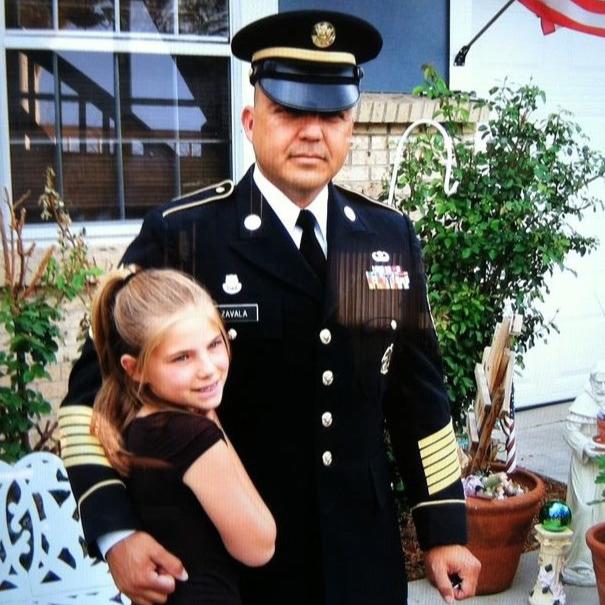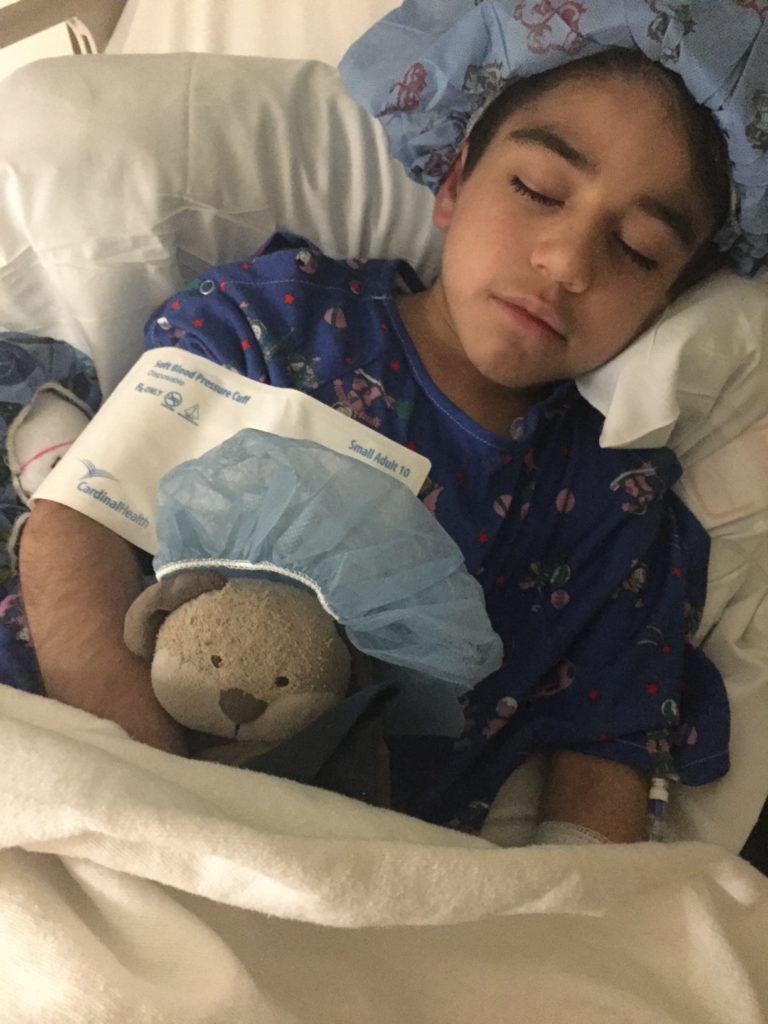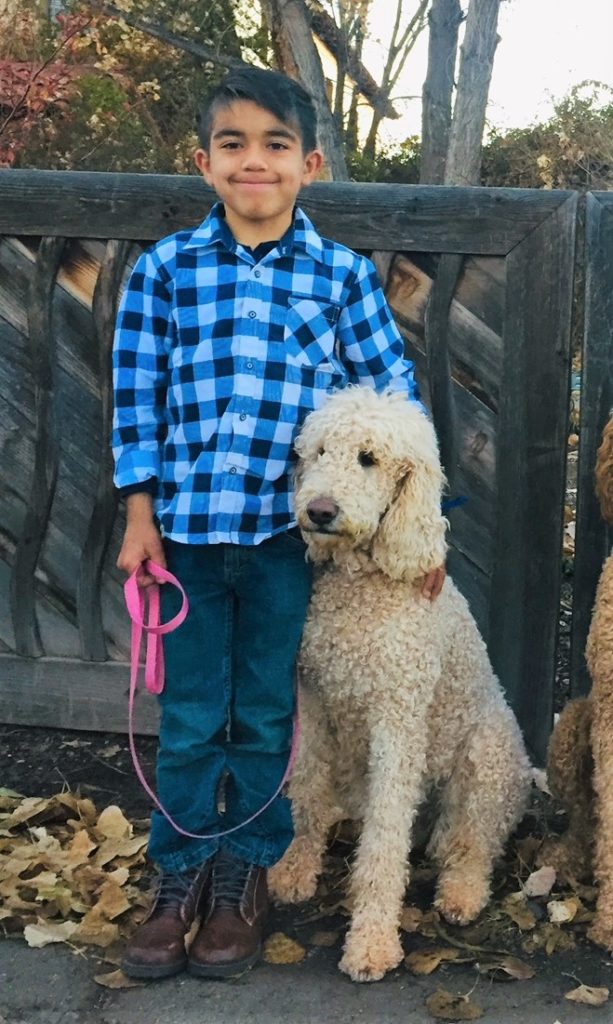
Love Doesn’t Always Come in the Shape of a Heart: Celebrating Kidney Month
03/29/2021“It took me a whole three seconds to say, ‘Yep, we’re going to do this,’” says Bobby Zavala as he recalls his decision to test if he could donate a kidney to his brother. “That’s what you do for your family because you love them.” Those three seconds meant 18 more years that his brother, Ernie Zavala, would live a normal life.
“He was able to watch his daughter turn into a teenage girl and a woman. He was around for those formative years,” Bobby Zavala says. “He was able to spend another 18 years with his wife. That wouldn’t have been possible without the donation because they had just gotten married prior [to his illness].”
Bobby Zavala, now a senior director of admissions with the University of Dubuque’s campus in Tempe, says his family never had prior discussions about organ, eye and tissue donation. However, he was familiar with the topic as an Army veteran since discussions about end-of-life decisions are required before going on deployment.
“Those are the things we had to deal with if we didn’t make it back,” he recalls. “The Latino culture does not have this as a common topic of conversation. I truly wish we would more though.”

DONATION IS A TWO WAY STREET
The organ, eye and tissue donation conversation for the Zavala family, though, didn’t end at Bobby Zavala helping to extend his brother’s life through transplantation. Some may call it kidney karma that a generous ocular donor offered the gift of restored vision to Bobby Zavala’s daughter, Rhegan Zavala, who lived with corneal blindness for a few years until her cornea transplant in 2015.
Two recipients and a living donor in one family. Bobby Zavala says his faith, and that of his family, helped them get through such difficult times, especially after Ernie passed away almost two decades after his transplant surgery.
“If I said it was easy, I’d be lying to you,” says Bobby Zavala. “I continue to have faith, press forward, ask for guidance, and never give up.”
What Bobby Zavala also does not want to give up is the importance of donation within the Latino community. He fears some may not prioritize the topic until it hits close to home.
“There are people out there who are missing out on life, waiting for a new opportunity to live their life normally again,” he says. “You can change a life and you can save a life.”
Currently, there are about 110,000 people on the national organ waiting list. More than 90,000 of them need a kidney donation.
WAITING TAKES A VILLAGE
“He’s an 11-year-old boy and completely isolated. He’s been going to the hospital his entire life and spends 11 or 12 hours a day connected to a [dialysis] machine,” says Sierra Kolomitz, mother to Tristan Black, who after years of health battles was recently added to the national organ waiting list. More than a decade of kidney complications means Tristan has never had a “normal childhood.”
“He can’t swim. He can’t eat food kids enjoy like cheese sticks or spend the night at his friend’s [house],” Sierra says, explaining that she feels she has to do everything to protect her young son whose health is fragile.
When he was only 17 months old, a high fever and the eruption of a rash prompted Sierra to take her son to the hospital. It was supposedly the flu, she says, but after a week without improvement, she took him back.
Midaortic syndrome is a disease that affects the aorta—the heart’s largest blood vessel. It took doctors more than three years to determine this ailment was the cause of Tristan’s poor kidney function and high blood pressure that caused those other issues at such a young age. While this disease is very rare, Sierra was relieved to put a name to the problem.

“We went the first three or four years not really knowing,” she explains. “What is his diagnosis? What is this going to entail for his life? We finally have a care plan.” A care plan, which for now involves dialysis for the 11-year-old. But dialysis is a kidney function therapy, not a long-term solution.
Phoenix Children’s Hospital added Tristan to the national organ transplant waiting list in March 2021. Tristan is now eligible to receive a matching kidney donation from a deceased donor. Sierra, an RN and former dialysis technician herself, knows the wait could be lengthy, but they have a whole community of support in their small town of Winslow.
Friends and family have already stepped up to see if they could be living kidney donors to save Tristan’s life. They say it takes a village to raise a child; it may also take a village to save a child, “and we have a great village,” says Bobby Kolomitz, Tristan’s stepfather.
“I tend to stay on the optimistic side,” says Bobby Kolomitz. “I just stay hopeful, but I know never receiving a kidney is a possibility.”
While they wait and pray, Sierra and Bobby Kolomitz work to keep a big smile on Tristan’s face because, “We’re lucky he is who he is. He’s the strongest person I’ve ever met in my life,” says Sierra. “There’s definitely a higher power that is pulling the strings, which is why he is still here today.”
To learn more about living donation, contact one of Arizona’s organ transplant centers. To join the DonateLifeAZ Registry for deceased organ, eye and tissue donation, visit DonateLifeAZ.org/register, or check the box when you obtain or renew a driver’s license or state ID.
Thank you to Justin Lum from FOX10 Phoenix for sharing Tristan’s story. Click here to read.

